How Einstein’s Relativity Saved The Solar System
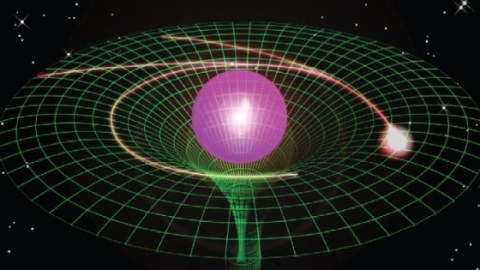
There was a huge problem a century ago, and it took an Einstein to solve it.
“Learn from yesterday, live for today, hope for tomorrow. The important thing is not to stop questioning.” –Albert Einstein
For millennia, throughout most of human history, the planets and the Moon were the only keys to a changing Universe that we had. The stars and the Milky Way — night after night, year after year — appeared the same, or appeared to change so little, so rarely and so gradually that humanity never took note. A careful eye would note that the planets didn’t just “wander” from night-to-night, but moved in a predictable set of fashions, exhibiting both prograde and retrograde motions.
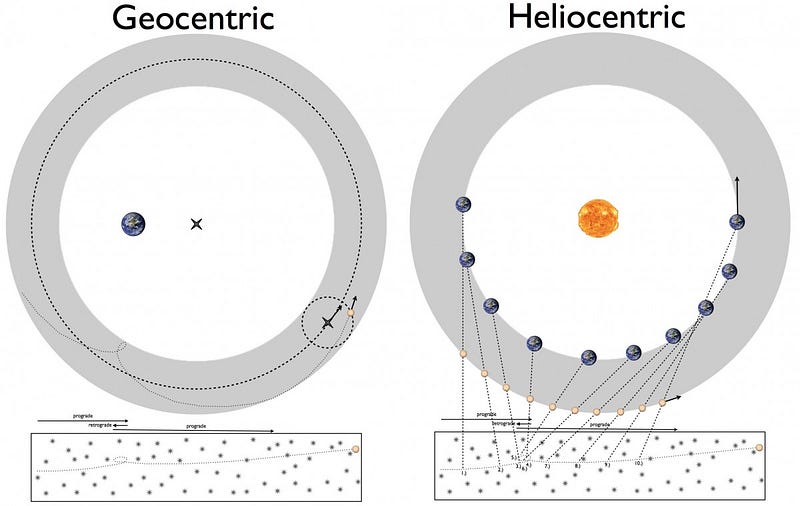
There were two main methods of explaining their apparent patterns in the sky:
- Either the planets moved in orbits given by equants, deferents and epicycles around the Earth,
- Or the planets moved around the Sun, with the Earth as just another one of those planets.
For nearly 2,000 years, that former interpretation was the one that held sway. But after Copernicus put forth the latter one in the 16th century, followed by the work of Galileo, Kepler, and finally Isaac Newton, the heliocentric model won out.
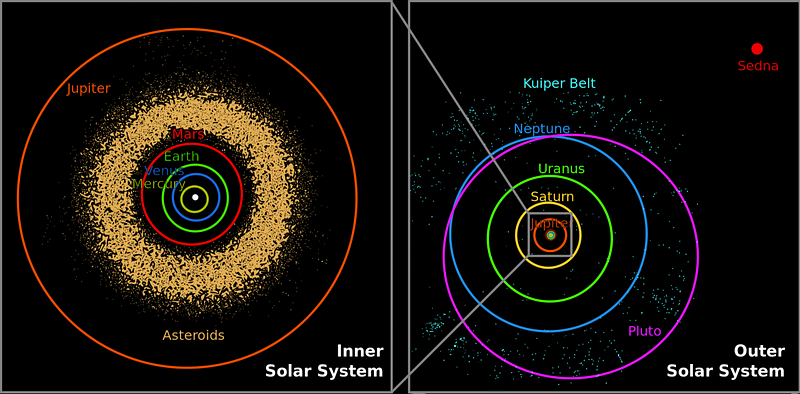
Newton’s advance was by far the biggest, because he not only set out to describe the behavior of these objects — that the planets moved about the Sun in ellipses, with the Sun at one focus — but because he added in a mechanism for that behavior: the law of universal gravitation. This law accounted for gravitation not only on Earth, but of all the heavenly bodies. It explained why moons orbit their parent planet, why comets recurred and were often perturbed by the other planets, why our world experiences tides, and why the planets don’t disturb one another and cause frequent ejections.
It also explained some more subtle effects, ones that took generations to notice.

If the Universe consisted only of two point masses — the Sun and a planet — the orbit of that planet would make a perfect, closed ellipse that returned the world to its starting location with each trip around the Sun. But in a Universe governed by Newtonian gravity, with a plethora of massive bodies in our Solar System, that ellipse will precess, or rotate slightly in its orbit. In the mid-1800s, orbital deviations of Uranus from its predicted motions led to the discovery of Neptune, as the outermost world’s gravitational influence accounted for the excess motion.
But in the inner Solar System, the nearest planet to the Sun, Mercury, was experiencing a similar problem.
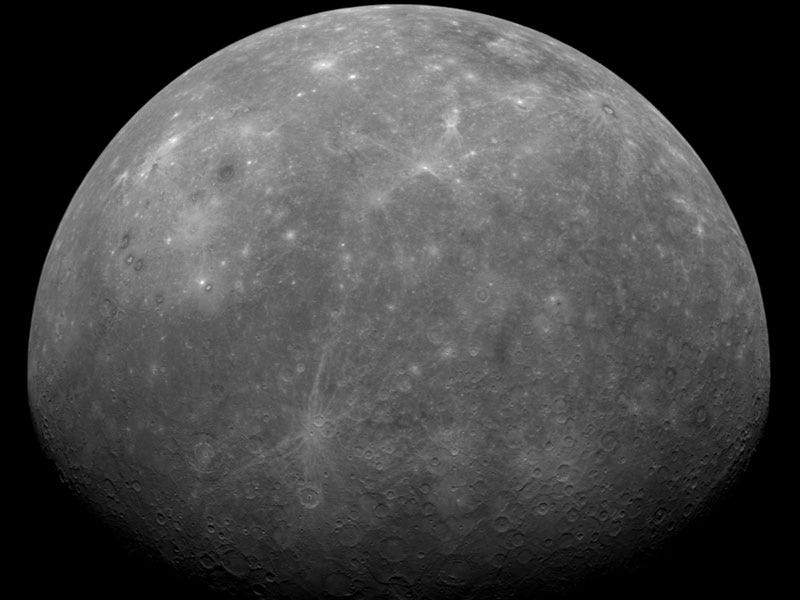
With detailed, accurate observations going back to the late 1500s (thanks to Tycho Brahe), we could measure how Mercury’s perihelion — its closest orbital point to the Sun — was advancing. The number we came up with was 5,600″ per century, which is incredibly slow: just over 1.5 degrees over a 100 year period! But of that, 5025″ of that came from the precession of Earth’s equinoxes, a well-known phenomenon, while 532″ was due to Newtonian gravity.

But 5025 + 532 does not equal 5600; it comes up short by a small but significant amount. The big question, of course, is why.
There were, of course, a number of possibilities put forth.
- Perhaps the data was wrong; an error of less than one percent hardly seems like a reason to panic. And yet, the errors at the time were less than 0.2%, meaning the data was significant.
- Perhaps there was an extra inner planet, one even interior to Mercury. This explanation was put forth by Urbain Le Verrier, the scientist who predicted the existence of Neptune. Yet after an exhaustive search, including of modifications to the Sun’s corona, no planet was found.
- Or perhaps the Newtonian force law needed a slight tweak. Rather than an inverse square law, it’s conceivable that there was a tiny, extra force: perhaps instead of the power of 2, the power law was 2.0000000(something), an explanation put forth by Simon Newcomb and Asaph Hall.
But none of these panned out; none of them were satisfying. Moreover, the latter option — despite being conceivable as the explanation for this orbit — didn’t give a predictive “a-ha” that one could use to look for something else to validate or falsify it.
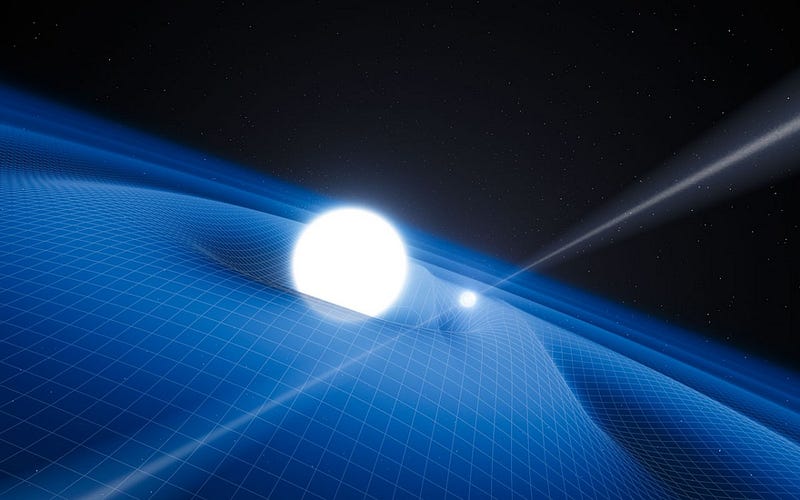
But after Einstein’s special theory of relativity came out in 1905, Henri Poincare showed that the phenomena of length contraction and time dilation contributed a fraction — between 15–25% — of the needed amount towards the solution, dependent on the error. That, plus Minkowski’s formalization of space and time as not separate entities, but as a single structure bound together by their union, spacetime, led Einstein to develop the general theory of relativity.
On November 25, 1915, he presented his results, computing the spectacular figure that the contribution of the extra curvature of space predicted an additional precession of 43″ per century, exactly the right figure needed to explain this observation.
The shockwaves through the astronomy and physics communities were tremendous. Less than two months after this, Karl Schwarzschild found an exact solution, predicting the existence of black holes. The deflection of starlight and gravitational redshifts/blueshifts were realized as possible tests, and finally the solar eclipse of 1919 validated general relativity as superseding Newtonian gravity.

And in the century since, its predictions, from gravitational lensing to frame dragging to orbital decay and more, have all been validated. Never once have observations contradicted the theory, and today, we celebrate 100 years of Einstein’s greatest accomplishment. A century later, improved observations and understanding of the Solar System have validated the precession of Mercury’s perihelion down to the precision of hundredths of arc-seconds per century, with uncertainties continuing to drop on both the theoretical and the observational fronts.
Who knows what new discoveries, or what new, novel possibilities, the next 100 years will hold?
Leave your comments on our forum, support Starts With A Bang! on Patreon, and use WS15XMAS30 to pre-order our book, Beyond The Galaxy, at 30% off!





